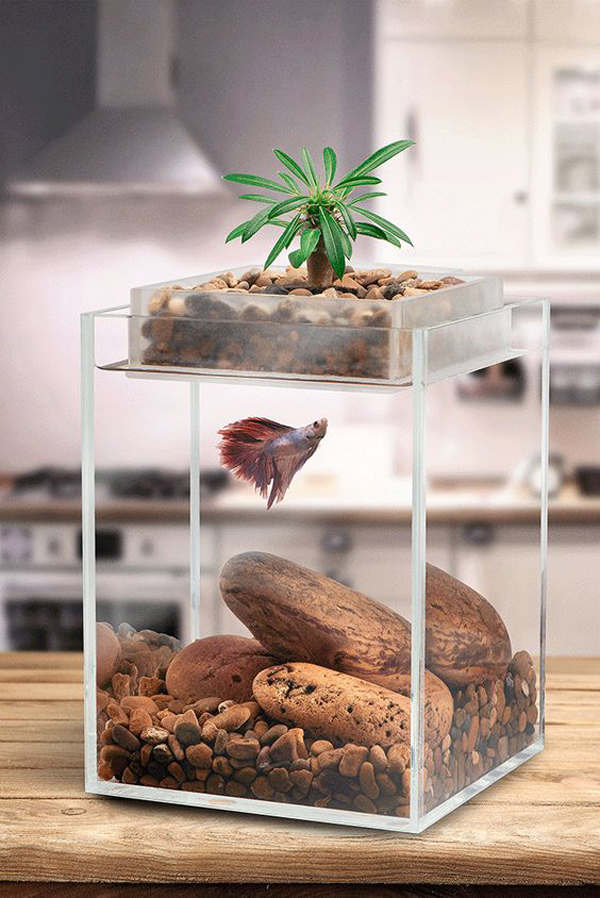Table of Content
If you’re not an organic gardener, many farmers will be happy to allow you to get all the manure you can carry from them. I should straight off caution you on the use of fresh manure as a fertilizer. Flowers garden lovers who do not keep domestic birds and animals can use compost manure. Topdressing can be applied to select plants that appear unhealthy.
This is the least labor-intensive way to compost, but it also takes the longest amount of time. The type of manure you use in your garden will depend on what you are using it for, as well your ability to find a reliable source for it. They are good for areas that you will plant late in spring with warm-season vegetables such as tomatoes, peppers or squash. If planted in late summer, they will begin growing again in early spring. When the legume dies and its roots begin to decompose, residual nitrogen in the nodules becomes available to other plants.
Selecting the Best Soil
You could add it raw and till it into the soil, but you should do this at least a full season ahead of planting as well. Coli or other harmful bacteria from taking root in your roots. Other pathogens to watch out for with animal manure include Salmonella, Campylobacter bacteria, Giardia protozoa, and Cryptosporidium protozoa. Manure, like compost and other fertilizers, works by helping to improve soil quality and water capacity. It also contains a host of bacteria and microorganisms that provide nutrients to the soil.

I would not grow organically in containers, but if you want to do that find organic fertilizer with higher levels of nutrients. We have almost no data to compare manures and commercial products don’t usually provide this kind of information and yet this is one of the main reasons for buying manure. I don’t think the gardener has a way to evaluate manures for this property.
Herbicide Content in Manure
Michigan Peat has manufactured this pack out of reed sedge peat and compost cow manure. As a result, it provides organic content to the soil, which has natural nutrients. Composting chicken manure provides rich, nitrogen-laden compost.
Cows and horses are other good sources of nitrogen-rich manure. Both of these animals produce large amounts of manure, so you may be able to get it for free from a local farm. Just be sure to ask first and be prepared to haul it away yourself.
What is the Best Manure for Gardens?
The best way to do this is to bury the manure in a well-ventilated area away from children, pets, and pets’ waste. It is also a good idea to cover the area with a tarp or other absorbent material to keep the bacteria at bay. Mushroom compost is made from the spent substrate mushrooms are spawned in and is an excellent source of humus, a key ingredient in healthy soil.
Like cow manure, horse manure is a great option to add to garden beds and contains many of the same nutrients that plants need. Because of its size and consistency, it is often easier to apply to garden beds than cow manure, but it takes longer to compost. These nutrients will help boost plant growth and ultimately promote better soil drainage and water retention. There are a number of popular plants that should be grown between growing seasons for this purpose, including annual ryegrass, clover, alfalfa, and winter wheat. This method is similar to no-till gardening, and it utilizes the existing plant matter, microbes, and soil to create a more effective, more natural fertilizer for your plants. Farming experts swear by the droppings left by free-range chickens, which they recommend should be composted at fairly high temperatures before use.
It’s often called black gold, especially when it contains cow manure. When running a homestead, you have many different types of manure. Wonderful for us, all of the livestock manure can be used as fertilizer. It has low smell levels and ideal for indoor games, and is also suitable for outdoor gardens. It is used during planting, growing, or when adding more nutrients into the soil.
This free resource of garden nutrition does require some patience, though. Fresh manure is high in nitrogen and ammonia and can easily burn plants if it comes in contact with them. This equates to about two bags or 5-gallon buckets’ worth of manure in a 10×10 foot garden bed. If you dig a new garden bed in spring or early summer, grow one or two crops of heat-loving buckwheat or beans. If you start a new garden in late summer, plant ryegrass, rapeseed or oats, which grow quickly in cool weather.
Without enough potassium, plants are more likely to have stunted growth and wilt easily on hot days. Soil texture is the term used to describe the percentage of sand, silt, and clay in the soil. From a particulate perspective, sand is the largest particle, and clay is the smallest. The soil triangle provides a graphic representation of the combinations. While the texture cannot be changed, adding organic material such as manure will alter soil structure.
However, there’s a much greater chance that horse manure will contain weed seeds, as compared to cow manure. That shouldn’t be a problem if you compost it, as the heat will kill the seeds, but it’s always good to know these things. The best time to apply manure to your garden is during the growing season, because it should be made at least three months prior to full growth. Mowing your lawn is a great way to get the most out of your yard, but it can also be a time-consuming and expensive process.
However, there are periods when adding manure is necessary. Farms, small horse stables, and zoos are your best bets for finding free manure. However, as gardening becomes more popular, farmers, stable owners, and zookeepers are beginning to sell their manures as an additional source of income. Even if they aren't giving it away, it is still quite inexpensive, especially if you have a truck to go and pick it up yourself. The strongest smelling manures are chicken and rabbit, while the mildest is from sheep.























